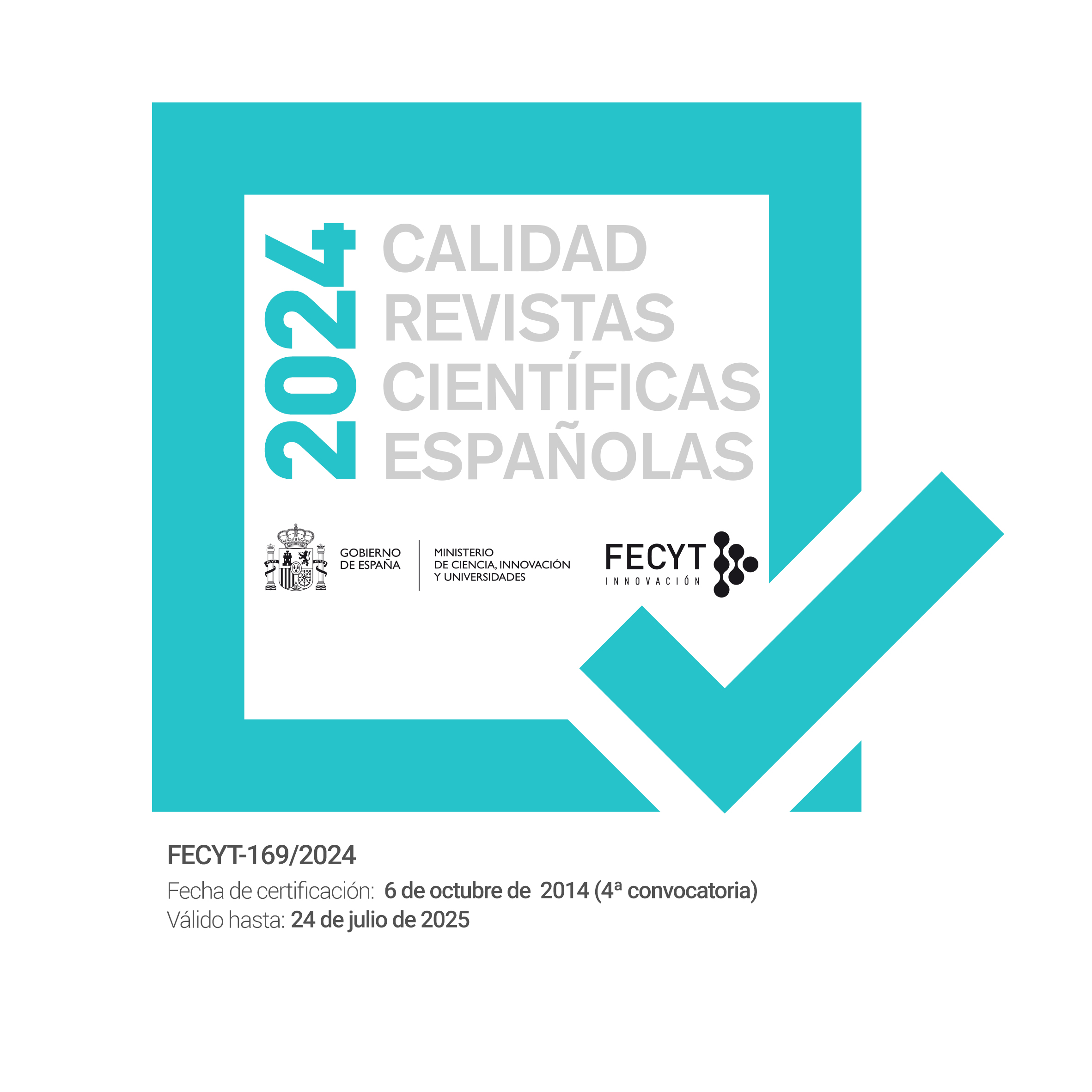The use of political language in the teaching of Spanish as an L2: Critical analysis and didactic strategies
Keywords:
political language, Spanish as Foreign Language, euphemisms, argumentation.Abstract
This article explores the didactic possibilities of political language in the Spanish as a second language classroom, proposing strategies for its pedagogical and reflective integration at the intermediate and advanced levels. Various linguistic and discursive mechanisms are analyzed, such as the use of euphemisms, persuasive argumentation, and cultural components associated with political discourse. It also examines the importance of addressing bias and neutrality in the analysis of political texts, promoting the development of intercultural and critical competences in the student. This approach not only improves language proficiency but also fosters a deeper understanding of the socio-political reality of the Spanish-speaking world. In short, the article proposes a theoretical and practical framework that combines linguistic learning with Critical Discourse Analysis (CDA), adapted to the needs and levels of Spanish as a Foreign Language (ELE) students.
Downloads
References
Byram, M. & Fleming, M. (2001). Perspectivas interculturales en el aprendizaje de idiomas. Enfoques a través del teatro y la etnografía. Cambridge University Press.
Byram, M. (1997). Teaching and assessing intercultural communicative competence. Clevedon, England: Multilingual Matters.
Byram, M. (2008). From foreign language education to education for intercultural citizenship: essays and reflections. Multilingual Matters.
Cárdenas, M. L. & Rivera, J. F. (2006). El análisis del discurso en el aula: una herramienta para la reflexión. Edurece, 10 (32), 43-48. Disponible en: https://www.redalyc.org/articulo.oa?id=35603207
Campos Fernández-Fígares, M. (2020). Enfoque transnacional para la creación de un corpus literario en el aula ELE. Porta Linguarum, 34, 39-53
Canale, M. (1983). From communicative competence to communicative language pedagogy. Language and Communication, 1(1), 1-47.
Canale, M., & Swain, M. (1980). Theoretical bases of communicative approaches to second language teaching and testing. Applied Linguistics, 1(1), 1-47.
Consejo de Europa. (2001). The Common European Framework of Reference for Languages: Learning, Teaching, Assessment. Estrasburgo: Consejo de Europa. Disponible en: http://www.coe.int/t/dg4/linguistic/source/Framework_EN.pdf
Dörnyei, Z. (1994). Motivation and motivating in the foreign language classroom. The Modern Language Journal, 78(3), 273-284. Disponible en: https://www-jstororg.ezproxy.ub.gu.se/stable/330107?seq=7#metadata_info_tab_contents
Fairclough, N. (2003). Analysing discourse. Textual analysis for social research. Routledge. https://doi.org/10.4324/9780203697078
Fuentes, Rocío M. (2014). Problemas en el desarrollo de la competencia intercultural: una exploración a través de portafolios culturales. ELUA. Estudios de Lingüística aplicada. 32 (60). https://ela.enallt.unam.mx/index.php/ela/article/view/4/508
Hymes, D. (1972). Models of the Interaction and Social Life (pp. 55-88). En Golluscio, L. (comp.). Etnografía del habla. Textos fundacionales. Eudeba.
Instituto Cervantes (2006). Plan curricular del Instituto Cervantes. Niveles de referencia para el español. Biblioteca Nueva.
Kramsch, C. (1993). Context and culture in Language Teaching. Oxford University Press.
Martínez Ezquerro, A. (2020). Aplicaciones lingüístico-comunicativas para la interculturalidad. En De la Maya Retamar, G. & López Pérez, M. (coords.). Del multiculturalismo a los mundos distópicos. Temas actuales en Didáctica de la Lengua y la Literatura (31-46). Marcial Pons.
Palacios, I. (2014). La motivación en el aprendizaje de una lengua extranjera ¿Qué podemos hacer con alumnos desmotivados? Mosaico. revista para la promoción y apoyo a la enseñanza del español, 32, 20-28.
Quiles Cabrera, M.ª y M. P. Caire (2013). Sobre el texto y la competencia cultural en la educación superior: aproximación a un aula de ELE. Porta Linguarum, 19, 199-217.
Rico Martín, A. M. (2005). De la competencia intercultural en la adquisición de una segunda lengua o lengua extranjeras: conceptos, metodología y revisión de métodos. Porta Linguarum. Revista Internacional de Didáctica de las Lenguas Extranjeras, 3, 79-94.
Sánchez García, F. J. (2008). El componente cultural en el aula de español como L2. Propuesta didáctica: el deporte en España. En Sánchez García, R. (ed.). Lecciones azules. Lengua, literatura y didáctica (pp.77-91). Visor.
Sánchez García, F. J. (2012). Retórica parlamentaria española. Síntesis.
Sánchez García, F. J. (2018). Eufemismos del discurso político. Visor.
Van Esch, K. & St. John, O. (eds.) (2003). Learner Autonomy in Foreign Language Teacher Education. Peter Lang.
Van Dijk, T. A. (1999). Ideología: una aproximación multidisciplinaria. Gedisa.
Wodak, Ruth (2011). The Discourse of Politics in Action: Politics as Usual. Palgrave Macmillan.
Published
How to Cite
Issue
Section
License
Copyright (c) 2025 Francisco José Sánchez García

This work is licensed under a Creative Commons Attribution 4.0 International License.















